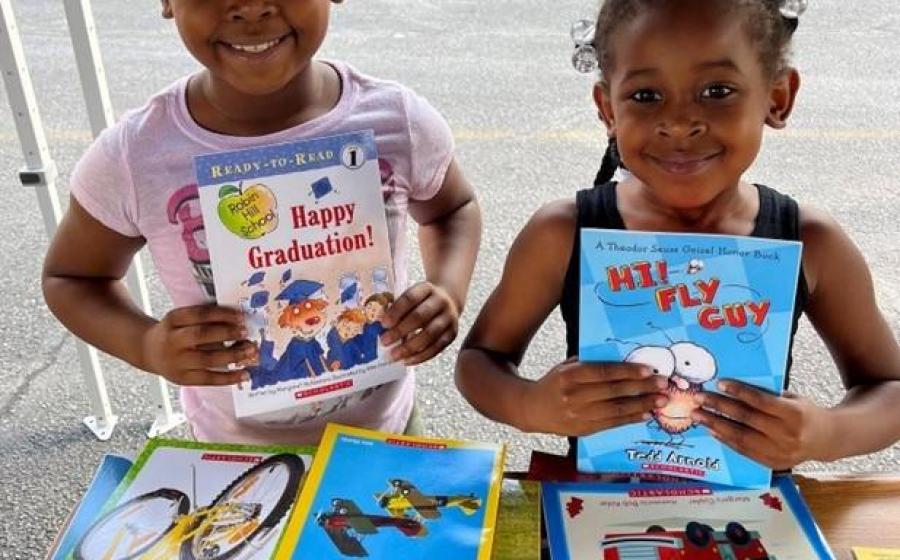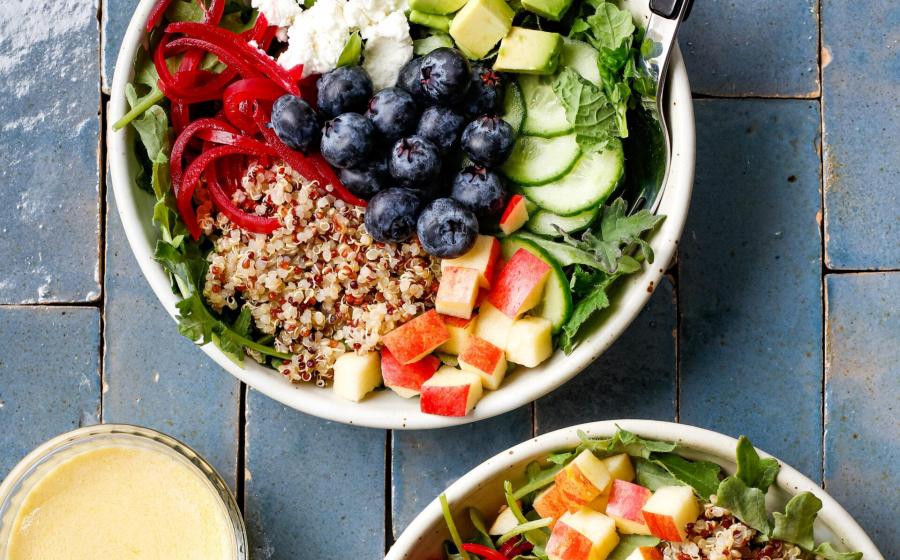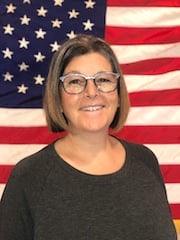Unplug and March into Reading with Toys for Tots
(NewsUSA) - March is National Reading Month, and the Toys for Tots Literacy Program continues its commitment to helping children “Unplug and March into Reading” by placing books into the hands of less fortunate children and encouraging families to unplug from their screens and electronic devices and enjoy a book together!
- March is National Reading Month, and the Toys for Tots Literacy Program continues its commitment to helping children “Unplug and March into Reading” by placing books into the hands of less fortunate children and encouraging families to unplug from their screens and electronic devices and enjoy a book together!
Literacy is the foundation for success in life, and it starts with early access to books in childhood. Unfortunately, children in low-income families have very limited access to age-appropriate books.
The Toys for Tots Literacy Program was established in 2008 as a year-round effort to offer our Nation’s most economically disadvantaged children the ability to compete academically and to succeed in life by providing them direct access to books and educational resources that enhance their ability to read and communicate effectively. “This Program not only brings the joy of reading to these children, but it also serves as an important tool in breaking the cycle of poverty,” says Lieutenant General Jim Laster, USMC (Retired), President and CEO of the Marine Toys for Tots Foundation. “Our goal is to dramatically change the landscape for less fortunate children and provide books and educational resources to ensure their future success,” he adds.
Since its founding, the Program has delivered more than 53 million books to children in low-income communities and Title I funded schools across the United States. Last year, the Program delivered a record number of over 6.3 million books to disadvantaged children—breaking the cycle of poverty one book at a time.
Most people know Toys for Tots as the organization that brings holiday cheer to children in need with gifts of new toys, but Toys for Tots remains committed to the welfare of children throughout the year with initiatives such as the Toys for Tots Literacy Program. One hundred percent of each dollar donated goes toward purchasing books for economically disadvantaged children.
“By getting books into the hands of less fortunate students, teachers, and families, we are helping children become their best selves,” LtGen Laster emphasizes. Children who have developed strong reading skills perform better in school and have a healthier self-image and a stronger sense of well-being.
All children can improve their reading comprehension skills by unplugging from screens and reading books themselves, playing word games, and reading aloud with family members. Unplug and March into reading with family, peers, or get lost in a book by yourself—and consider making a donation to the Toys for Tots Literacy Program to bring the transformative power of reading to all children.
Visit toysfortots.org for more information about the Toys for Tots Literacy Program and to donate.



 - This is not a gilded age novel. It’s a novel of the smoke and grit that were the pride of a booming city. It takes readers to another time and another world that is distant but familiar.
- This is not a gilded age novel. It’s a novel of the smoke and grit that were the pride of a booming city. It takes readers to another time and another world that is distant but familiar.

 - Auto Glass Now Announces a Chance to Win One of 23 Pairs of Ray-Ban Sunglasses
- Auto Glass Now Announces a Chance to Win One of 23 Pairs of Ray-Ban Sunglasses -
-  Lobster Wars by Mark E. Greene
Lobster Wars by Mark E. Greene The Promise of America by William Sanchez
The Promise of America by William Sanchez Burned Out by Dean Mafako
Burned Out by Dean Mafako Did We Learn Anything from WTC Towers Collapse?... By Gregory Szuladzinski
Did We Learn Anything from WTC Towers Collapse?... By Gregory Szuladzinski
 - Financial planning is about helping individuals and families make sound financial decisions that enable them to achieve their life goals. When financial planners provide these services to diverse clients, they help bridge the gaps between different communities.
- Financial planning is about helping individuals and families make sound financial decisions that enable them to achieve their life goals. When financial planners provide these services to diverse clients, they help bridge the gaps between different communities.
 -
- 
 - February is American Heart Month, and what better way to show yourself a little love than by enjoying some delicious and nutritious blueberries. Blueberries from Chile are in season now through March in your supermarket, so taking advantage of this super fruit is as easy as blueberry pie.
- February is American Heart Month, and what better way to show yourself a little love than by enjoying some delicious and nutritious blueberries. Blueberries from Chile are in season now through March in your supermarket, so taking advantage of this super fruit is as easy as blueberry pie.
 - People can become homeless at any time and for any reason, including people with pets. These individuals often face additional challenges of food and health care for their pets, and some are turned away from possible shelters or rent situations because pets are not allowed.
- People can become homeless at any time and for any reason, including people with pets. These individuals often face additional challenges of food and health care for their pets, and some are turned away from possible shelters or rent situations because pets are not allowed. - This may be difficult to read, but did you know:
- This may be difficult to read, but did you know: This book is designed to alleviate some of the frustration we often experience when trying to teach our children. The book looks at the learning process through a child’s eyes to more fully appreciate how children think, learn, and process information within the context of learning to read and comprehend the written word.
This book is designed to alleviate some of the frustration we often experience when trying to teach our children. The book looks at the learning process through a child’s eyes to more fully appreciate how children think, learn, and process information within the context of learning to read and comprehend the written word. -
-  If Someday Comes
If Someday Comes  Born to Rise
Born to Rise Extreme Vetting
Extreme Vetting The Cherokee Bride
The Cherokee Bride